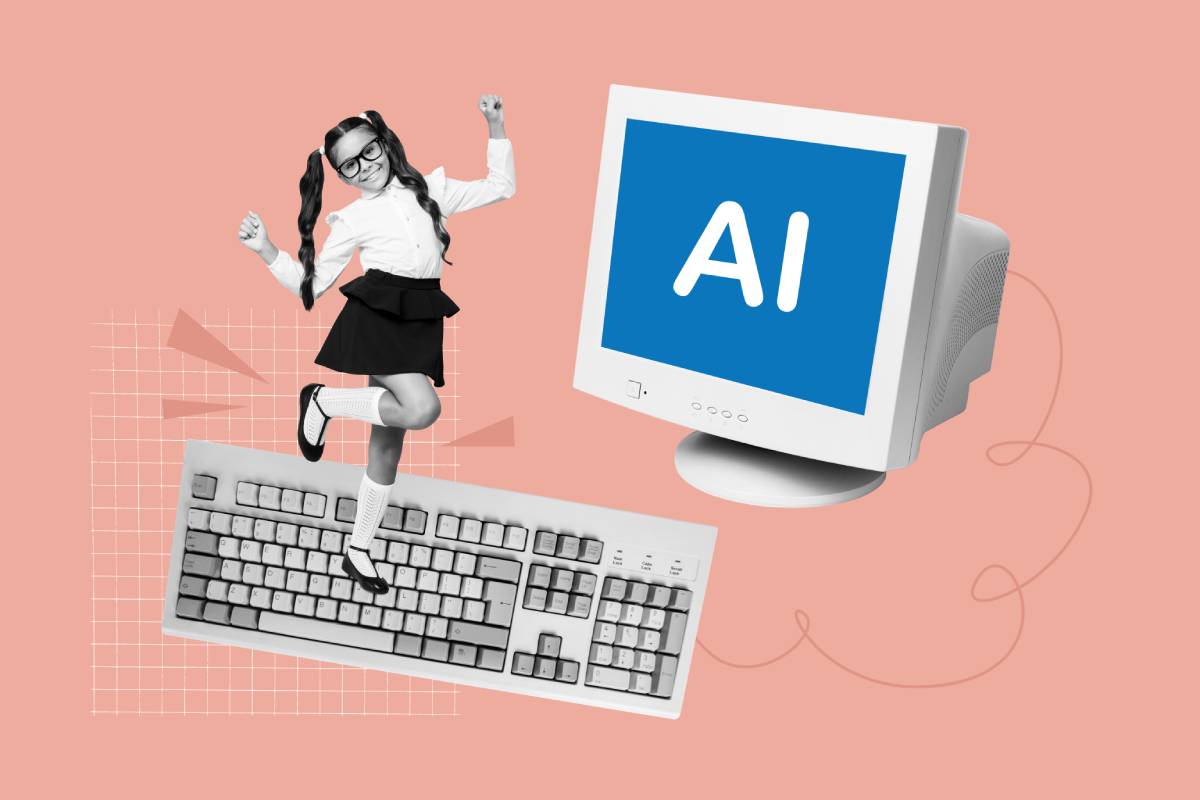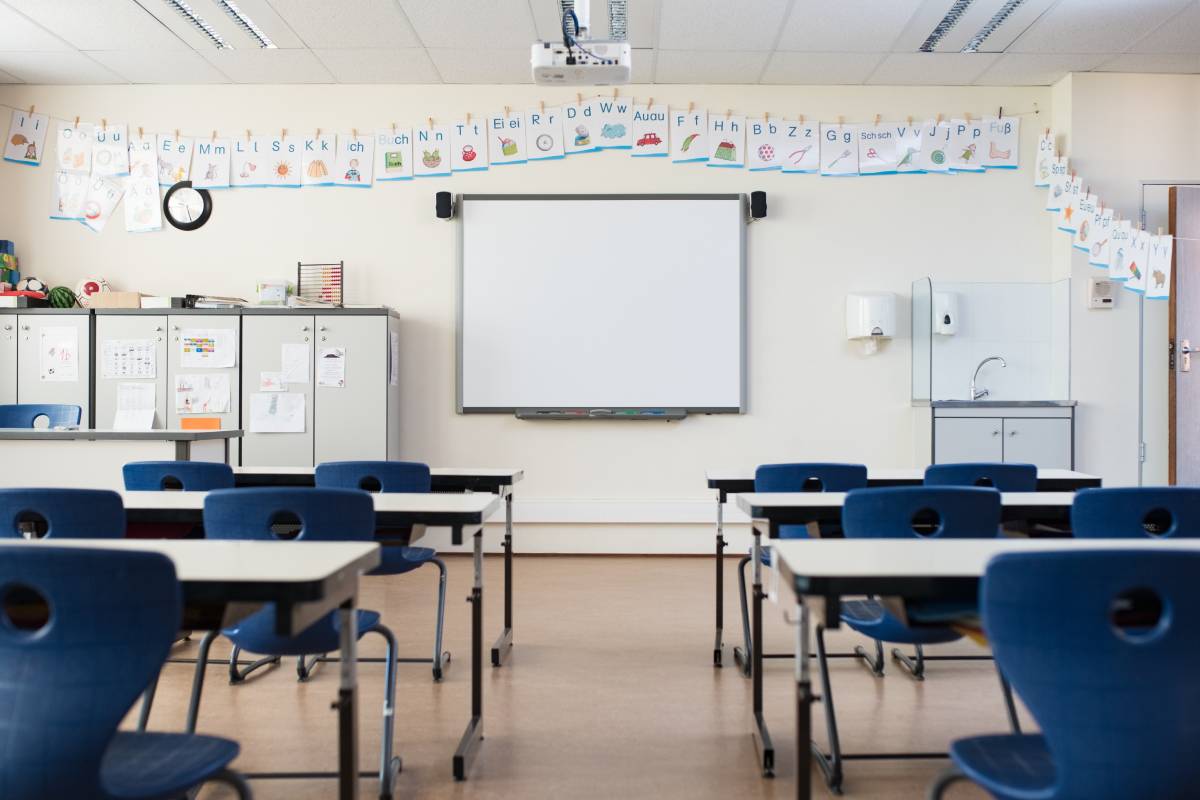Artificial intelligence has made its way into classrooms faster than almost any previous technology. From automated feedback tools to lesson-planning assistants, AI is being used to boost productivity and personalise learning. But as with any tool, timing and purpose matter.
A growing body of research suggests that while AI can strengthen learning when used carefully, it can also undermine it if overused. The key lies in how it interacts with one of the brain’s most important systems: working memory.












